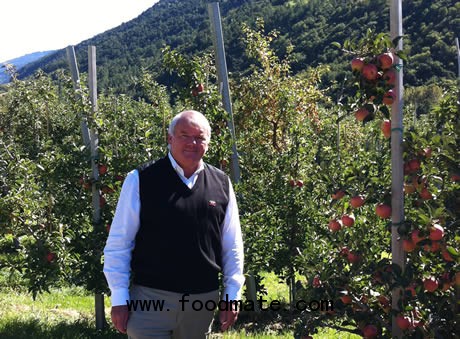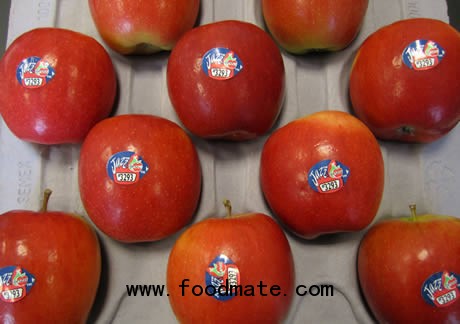
Good quality, smaller apples
“The quality is very decent this year. The apples will likely be a bit smaller, due to bad weather. We’ll have to wait and see what the season will bring, as the harvest isn’t all in yet. But prices are good and demands exceed supply. Many customers are adamant about getting the Jazz in their assortment.” Enzafruit itself is adamant in keeping prices stable: “We have made agreements for the next six months,” assures Fissette. “The average price is 3 times higher than the ‘normal’ apple.”

The apple’s largest European buyer is Germany, followed by the UK. Those countries, together with Norway and the Benelux, really prefer the sweet and crunchy taste. “The Jazz is doing what the Braeburn did in the old days.”

Expanding range difficult
In New-Zeeland expanding the range of the Jazz is a difficult issue. “The Euro and the New-Zeeland dollar still aren’t evenly matched,” Fissette states, “so in spite of the relatively high prices it’s hard convincing growers to plant more. The exchange rate takes away possible profits.”
Taste is the most important thing
According to Tony Fissette, every apple variety is a competitor. “It’s very hard indeed to introduce a new club variety in this market. Your apple really has to distinguish itself in taste and quality. Taste is the most important thing, that is what convinces the customer.”







